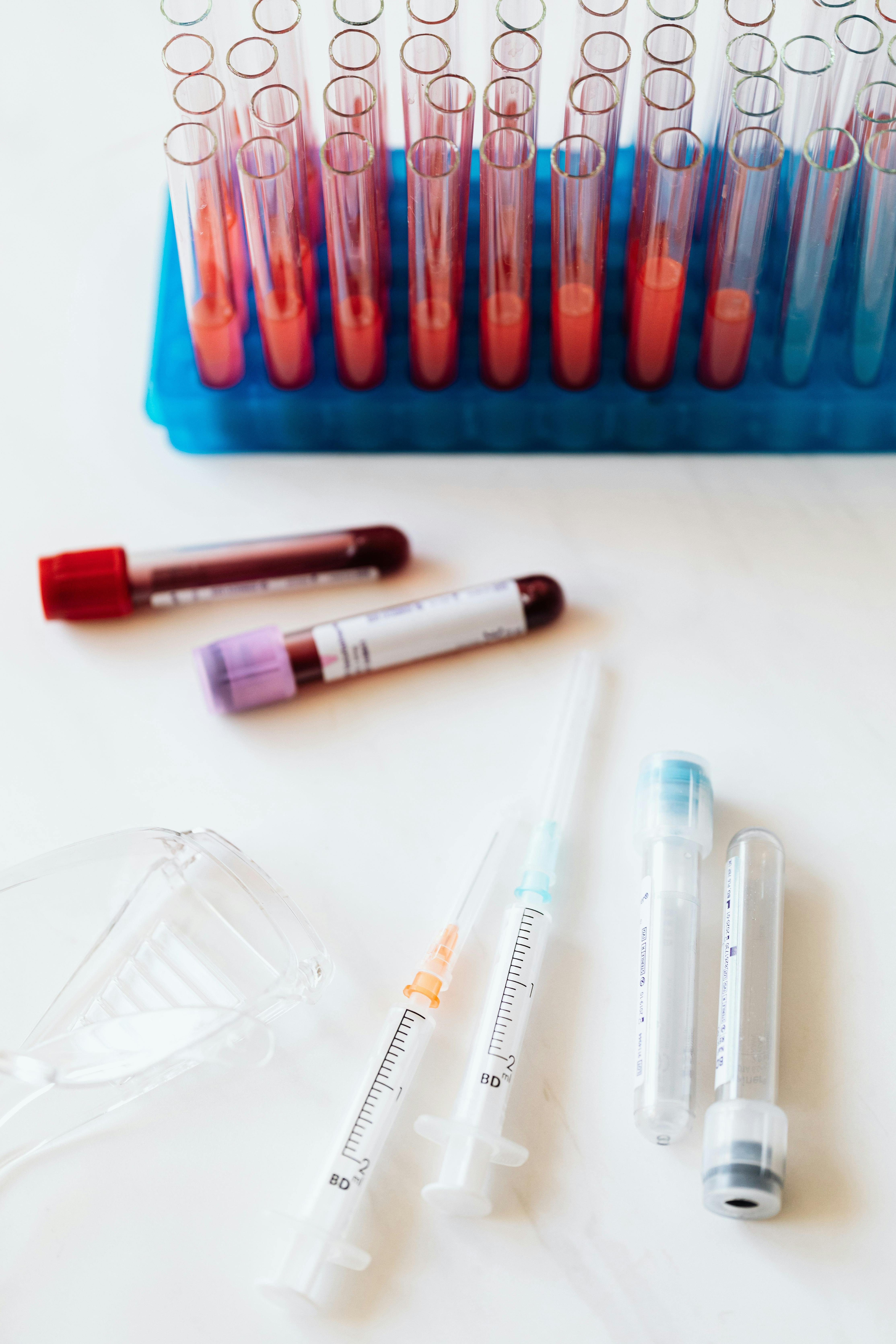Understanding Skin Diseases with Their Pictures!
Table of contents
- Understanding skin diseases with their pictures
- Skin disease/Eczema or Atopic dermatitis
- Symptoms
- Treatment
- Skin disease /Psoriasis
- Symptoms
- Treatment
- Skin diseases / Acne
- Symptoms
- Treatment
- Skin diseases / Vitiligo
- Symptoms
- Treatment
- Skin disease / Rosacea
- Symptoms
- Treatment
- Skin disease dealing with
- Management's
 |
| psoriasis |
The biggest organ in the human body known as the dermis, (the skin) protects us from the outside atmosphere and controls our body's temperature. Skin problems, commonly referred to as dermatological diseases, cover an extensive number of illnesses that can impact, the largest organ in the human body, the skin protects us from the outside atmosphere and controls our body's temperature, which can affect all ages, races, and socioeconomic statuses. While some skin conditions are transient and simple to treat, others can be persistent and need continuing attention.
1)Skin diseases/Eczema or Atopic Dermatitis
Eczema is a form of atopic dermatitis, a common chronic skin disorder that frequently manifests in childhood and can last up to adulthood. It is characterized by skin patches that are red, itchy, and inflamed. Eczema appears to be brought on by genetic predisposition and environmental factors, while its specific etiology(causes) is still unknown.Symptoms
 |
| Types of Acne |
Treatment:
There is no known cure for eczema, however, there are numerous therapies that can help control its symptoms. Emollients to keep the skin hydrated, topical steroids to lessen inflammation, and lifestyle changes to prevent triggers like particular fabrics, pollutants, or stress are some examples of these.health-awareness
2)Skin diseases with picture / Psoriasis:
Psoriasis is an autoimmune skin condition that causes skin cells to multiply quickly, developing red areas and thick, silvery scales. May affect, the scalp, elbows, knees, and nails are just a few of the several body parts.glaucoma
Symptoms:
Psoriasis often manifests as elevated, red spots covered with silvery scales. People may occasionally feel irritation and discomfort as well as skin cracking and bleeding.
Treatment:
Even though there is no FDA-approved treatment for psoriasis, a variety of treatment options can help control its symptoms and reduce flare-ups. The condition may be treated with the help of topical drugs, systemic medications, phototherapy (light therapy), and changes in lifestyle.
3. Skin disease / Acne:
One of the most prevalent skin problems in the world, acne often affects people in their teens but can occasionally last into adulthood. It happens when oil and dead skin cells clog hair follicles, causing the growth of pimples, blackheads, and whiteheads. |
| Oily skin problem |
| A variety of lesions, including whiteheads (plugged pores that are closed), blackheads (plugged pores that are open), pimples, and cysts, can be caused by acne. |
Final Thoughts: Accepting the Journey Skin conditions can be difficult, but they do not define who we are. We may travel the road with strength and resilience if we are aware of these problems, seek out expert advice, and adopt practical coping mechanisms. Keep in mind that you are not alone in this, and there is support available to help you survive and appreciate your skin's individual beauty, regardless of its state. Let us embrace the road to self-acceptance, education, and empowerment in the face of skin conditions together.
Treatment:
Benzoyl peroxide or salicylic acid topical medications sold over the counter can help manage minor acne. Dermatologists may recommend topical retinoids, antibiotics, or oral drugs like isotretinoin for more severe instances.
4. Skin disease / Vitiligo:
Melanocytes, the cells that produce skin color, are lost in people with vitiligo, a skin condition. As a result, discrete white patches show up on different bodily areas.
Symptoms
 |
| Vitiligo |
5. Skin disease / Rosacea:
Beyond-Normal Blushing. Rosacea is a long-term skin disorder that mostly affects the face, resulting in redness, visible blood vessels, and pimples that resemble acne. It frequently affects those with fair complexion, and women are typically affected more often than men.
Symptoms
 |
| Rosacea |
Treatment
Identifying and avoiding triggers, applying topical drugs like metronidazole or azelaic acid, and occasionally taking oral antibiotics or isotretinoin for more severe instances are all part of the treatment for rosacea.
Skin Disease Dealing with:
Having a skin condition can be emotionally collective because a person may experience not just physical discomfort but also possible social and psychological repercussions. Here are some strategies to manage skin conditions and prosper despite the difficulties they present. psoriasis Educate Yourself: Find out how to treat the exact skin disease you have. You can make wise decisions and communicate with healthcare professionals efficiently if you are aware of your skin illness. Seek Professional Assistance: For a precise diagnosis and individualized treatment recommendations, speak with a dermatologist or other skin specialist. They can make recommendations for the best line of action based on your particular requirements.Track the things that make your skin problem worse, such as specific foods, stress levels, or environmental conditions. You can reduce flare-ups by altering your lifestyle by keeping track of your triggers.
 |
| Moles |
Management:
Skin diseases can be difficult, but they do not define who we are. We may travel the road with strength and resilience if we are aware of these problems, seek out expert advice, and adopt practical coping mechanisms. Keep in mind that you are not alone in this, and there is support available to help you survive and appreciate your skin's individual beauty, regardless of its state. Let us embrace the road to self-acceptance, education, and empowerment in the face of skin conditions together.



No comments:
Post a Comment